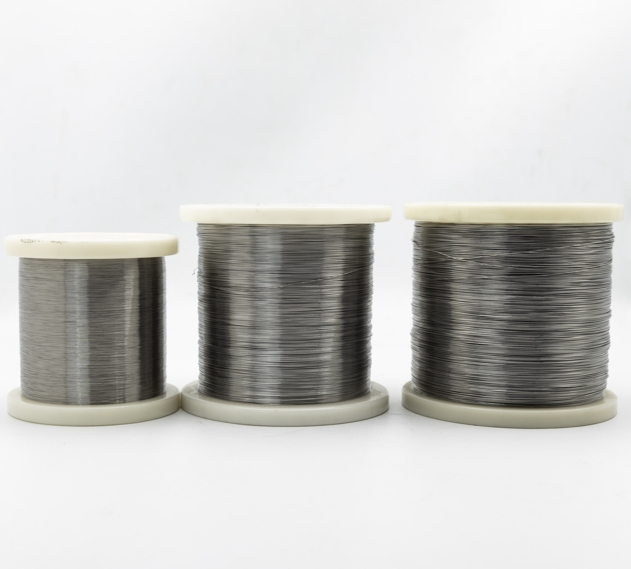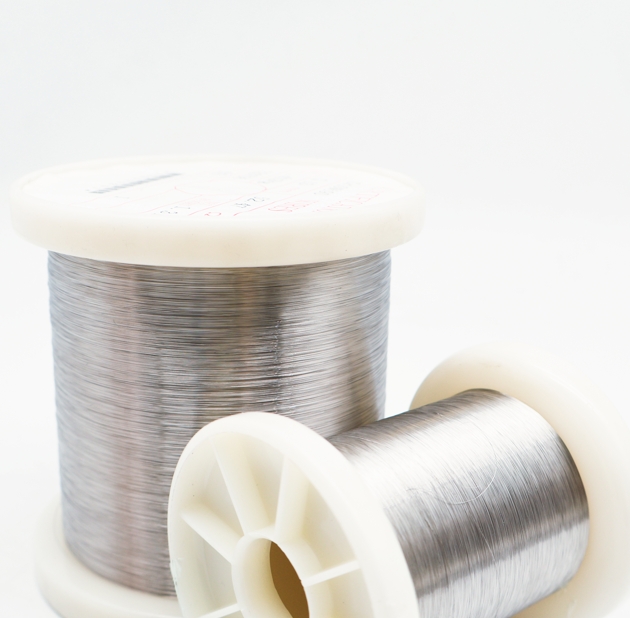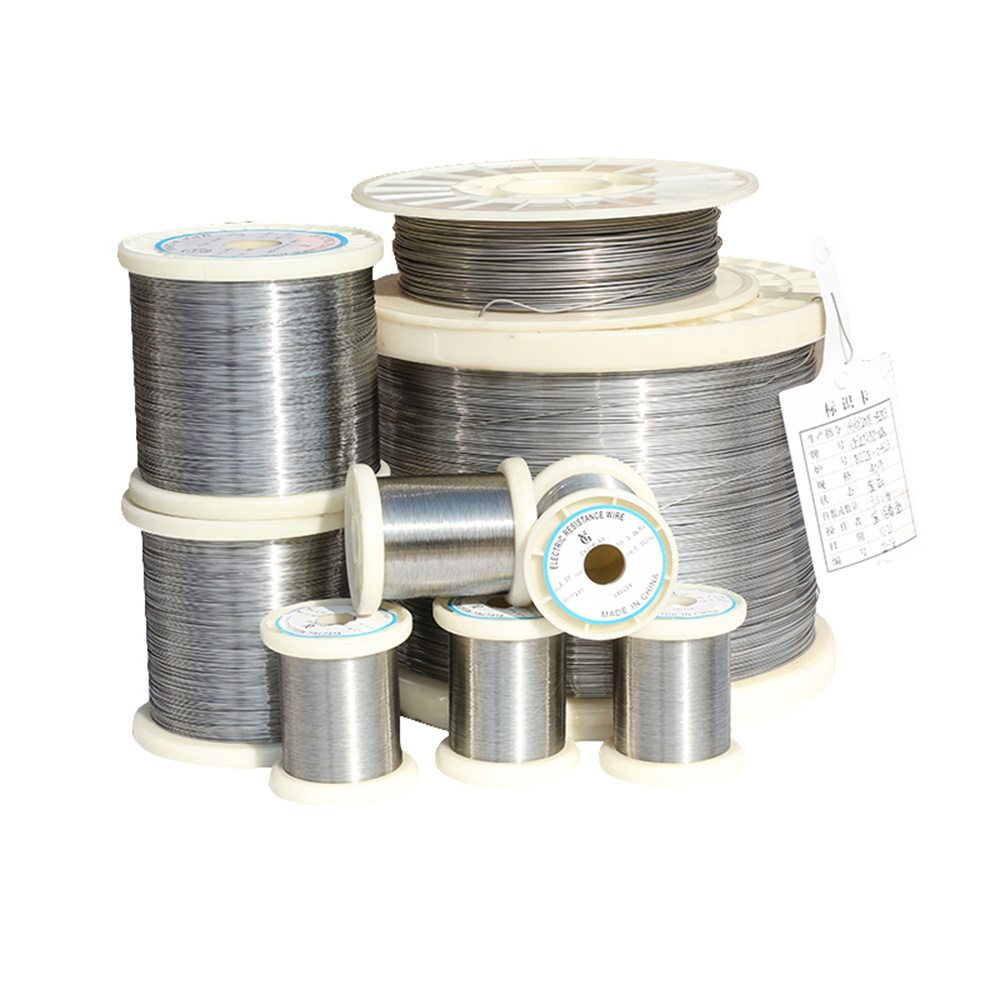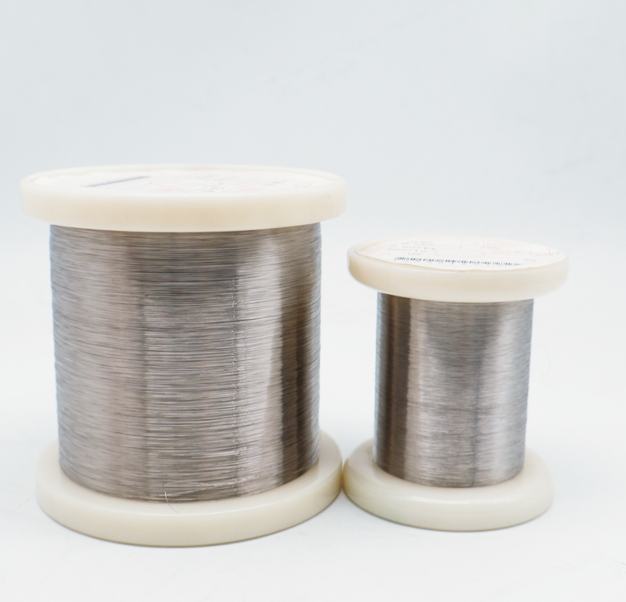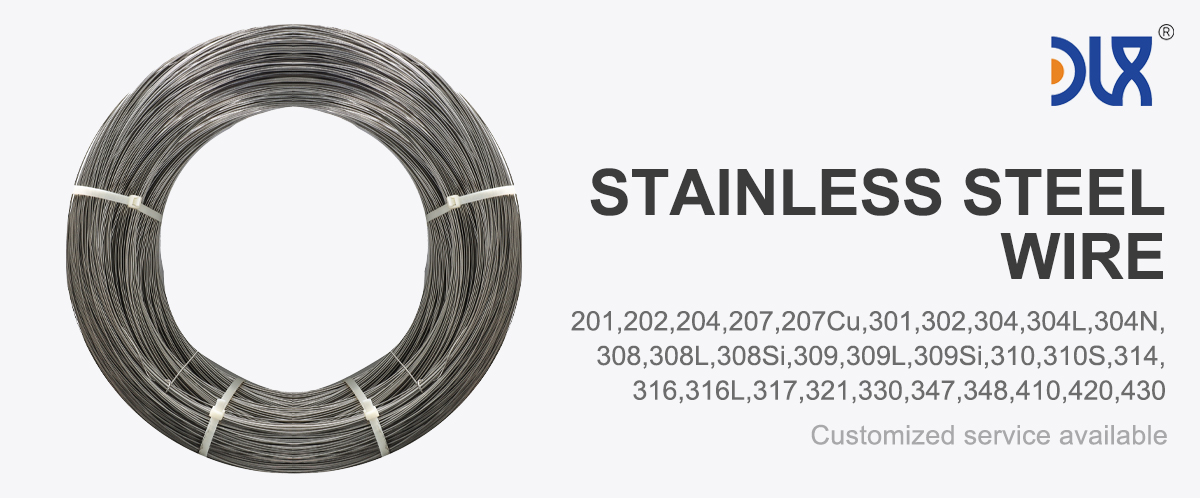
Our Custom 465 stainless steel wire is a powerhouse for fracture fixation systems, delivering the strength and precision needed to support healing bones. This isn’t just any wire—it’s a high-performance, precipitation-hardening alloy engineered for the toughest orthopedic challenges. With its exceptional mechanical properties and corrosion resistance, our 465 wire is perfect for bone pins, wires, and plates that demand reliability in surgical settings. We’ve optimized our production to meet ASTM F899 standards, ensuring every spool helps create devices that improve patient outcomes.
What makes our Custom 465 wire stand out is its robust composition. With 11-12.5% chromium, 10.8-11.3% nickel, 1.5-1.8% titanium, and carbon below 0.02%, it’s built for extreme strength. Heat treatment pushes its tensile strength to 1650-1900 MPa and hardness to 48-52 HRC, making it one of the toughest options for fracture fixation. Its yield strength of 1200-1500 MPa ensures it handles the heavy loads of weight-bearing bones. We draw and heat-treat each wire with precision, achieving diameters as fine as 0.1mm, ideal for intricate orthopedic components.
For more details, pls directly contact us.
Corrosion resistance and biocompatibility are critical for fracture fixation, and our 465 wire delivers. The chromium, nickel, and molybdenum mix forms a strong oxide layer that resists pitting in the body’s saline environment and during sterilization. While it’s not suited for permanent implants due to slightly higher ion release than 316LVM, it’s ideal for temporary fixation, with studies showing minimal tissue reactivity. Our passivation and electropolishing processes create a smooth surface, reducing bacterial adhesion by up to 25%, per clinical data, lowering infection risks in surgeries.
Comparison of Medical Stainless Steel Grades, Materials, and Applications
|
Grade |
Composition |
Key Properties |
Corrosion Resistance |
Biocompatibility |
Applications |
Advantages |
Limitations |
|---|---|---|---|---|---|---|---|
|
316L |
Fe (60-70%), Cr (16-18%), Ni (10-14%), Mo (2-3%), C (<0.03%) |
Tensile: 485-620 MPa, Yield: 170-290 MPa, Elongation: 40-50%, Hardness: 95 HRB |
Excellent (passive oxide layer, resists pitting) |
High, minimal ion release, rare Ni sensitivity |
Bone plates, screws, stents, hip stems, dental implants |
Cost-effective, machinable, fatigue-resistant |
Possible Ni sensitivity, heavier than Ti |
|
304L |
Fe (65-74%), Cr (18-20%), Ni (8-10.5%), C (<0.03%) |
Tensile: 485-550 MPa, Yield: 170-240 MPa, Elongation: 40-55%, Hardness: 92 HRB |
Good, less resistant to pitting than 316L |
Moderate, higher Ni release risk |
Temporary implants, surgical tools, guidewires |
Affordable, easy to form, widely available |
Limited for long-term implants due to corrosion |
|
17-4 PH |
Fe (70-78%), Cr (15-17.5%), Ni (3-5%), Cu (3-5%), C (<0.07%) |
Tensile: 930-1100 MPa, Yield: 725-860 MPa, Hardness: 30-44 HRC |
Very good, but less than 316L in saline |
Good, but less biocompatible than 316L |
Load-bearing implants, surgical instruments |
High strength, heat-treatable, durable |
Complex processing, less corrosion-resistant |
|
420 |
Fe (80-90%), Cr (12-14%), C (0.15-0.4%) |
Tensile: 700-950 MPa, Yield: 340-450 MPa, Hardness: 45-50 HRC |
Moderate, prone to pitting in body fluids |
Moderate, not ideal for long-term implants |
Cutting tools, temporary pins, dental drills |
High hardness, wear-resistant, sharpenable |
Poor corrosion resistance for permanent use |
|
440C |
Fe (78-85%), Cr (16-18%), C (0.95-1.2%) |
Tensile: 760-1000 MPa, Yield: 450-600 MPa, Hardness: 56-60 HRC |
Moderate, better than 420 but less than 316L |
Limited, high carbon affects biocompatibility |
Surgical blades, high-wear tools |
Extremely hard, excellent edge retention |
Not suitable for long-term implants |
|
F138 (316LVM) |
Fe (60-70%), Cr (17-19%), Ni (13-15%), Mo (2.25-3.5%), C (<0.03%) |
Tensile: 490-690 MPa, Yield: 190-300 MPa, Elongation: 40-50%, Hardness: 95 HRB |
Superior, optimized for medical use |
Excellent, lowest ion release, vacuum-melted |
Orthopedic implants, cardiovascular stents |
Enhanced purity, top biocompatibility |
Higher cost than standard 316L |
|
303 |
Fe (65-75%), Cr (17-19%), Ni (8-10%), S (0.15-0.35%) |
Tensile: 500-620 MPa, Yield: 240-290 MPa, Elongation: 35-50%, Hardness: 90 HRB |
Moderate, sulfur reduces corrosion resistance |
Moderate, not ideal for permanent implants |
Machined components, non-implant devices |
Excellent machinability, cost-effective |
Not suitable for long-term implants |
|
Nitronic 60 |
Fe (60-70%), Cr (16-18%), Ni (8-9%), Mn (7-9%), N (0.08-0.18%) |
Tensile: 620-793 MPa, Yield: 345-414 MPa, Hardness: 95-100 HRB |
Very good, resists galling and wear |
Good, but less studied for implants |
Wear-resistant implants, joint components |
High wear resistance, galling resistance |
Limited medical use, higher cost |
For more details, pls directly contact us.
The orthopedic implant market is booming, expected to hit $60 billion by 2030, driven by an aging population and minimally invasive techniques. Our Custom 465 stainless steel wire is a key player, offering a high-strength, cost-effective solution for fracture fixation. Industry trends lean toward patient-specific implants, with 3D printing and CNC machining enabling custom designs. Our wire’s formability makes it perfect for these processes, allowing precise shaping. Sustainability is also a priority—our wire is fully recyclable, cutting waste and aligning with healthcare’s green initiatives.
Challenges include corrosion, with 5-10% of stainless steel implant failures linked to prolonged body fluid exposure. We’re tackling this with research into bioactive coatings like hydroxyapatite, improving bone integration and corrosion resistance by 20%, per recent studies. Regulatory standards, like FDA and ISO 13485, demand rigorous testing for fatigue and biocompatibility. Our wire exceeds these, with each batch validated through ultrasonic testing and chemical analysis for zero defects. Nickel allergies affect 10-15% of patients, and our 465 wire’s controlled nickel content minimizes risks for temporary use.
Applications for our Custom 465 wire are vital in fracture fixation. It’s perfect for Kirschner wires (K-wires) and Steinmann pins, stabilizing fractures in bones like the femur or tibia. Cerclage wires made from our alloy secure bone fragments in complex fractures. In minimally invasive surgeries, our wire’s strength supports fine pins for delicate procedures. We’re seeing growth in pediatric orthopedics, where lightweight pins are key, and in veterinary surgery, where our wire crafts animal fixation devices, proving its versatility.
Comparing ourselves to the market, our Custom 465 wire shines for its quality and customization. We source premium raw materials, reducing impurities by up to 200% compared to standard alloys. Our heat-treatment processes balance hardness and toughness, ensuring pins resist cyclic loads without cracking. Unlike generic suppliers, we offer tolerances as tight as ±0.001 inches, ideal for precision-machined implants. Every spool is tested for hardness, tensile strength, and ASTM F899 compliance, guaranteeing surgical reliability.
Customization is our edge. Need a wire with specific strength for a trauma pin or a polished finish for low-friction insertion? We deliver tailored solutions in days, keeping production on track. Our surface treatments, like passivation and electropolishing, boost corrosion resistance and biocompatibility, cuttingtum infection risks by up to 20%. Cost-wise, our 465 wire offers high performance at a lower price than titanium or cobalt-chrome, making advanced fixation systems more accessible. Our experts provide hands-on support, integrating our wire into complex designs, saving R&D time and costs.
Comparison Parameters Table
| Parameter | 304 Stainless Steel | 316LVM Stainless Steel | Titanium (Ti-6Al-4V) | Cobalt-Chrome (Co-Cr) |
|---|---|---|---|---|
| Density (g/cm³) | 7.9-8.0 | 7.9-8.0 | 4.4-4.5 | 8.3-9.2 |
| Elastic Modulus (GPa) | 193 | 193 | 110-114 | 210-240 |
| Yield Strength (MPa) | 200-275 | 190-300 | 800-900 | 450-1000 |
| Tensile Strength (MPa) | 500-700 | 490-690 | 900-1000 | 900-1200 |
| Hardness (HRB) | ~92 | ~95 | ~36 HRC | 30-40 HRC |
| Corrosion Resistance | Good (less Mo than 316LVM) | Superior (vacuum-melted) | Superior in body fluids | Very good, but ion release risk |
| Biocompatibility | Moderate, higher Ni release | Excellent, low ion release | Excellent, low reactivity | Good, but Co ion concerns |
| Cost | Very low | Moderate | Medium | High |
| Common Applications | Prosthetic cables, springs | Stents, implants | Joint replacements | Bearings, dental crowns |
| Machinability | Excellent | Good | Medium | Low |
Looking ahead, the orthopedic industry is embracing robotics and AI-driven design, and our 465 wire is ready. It’s compatible with additive manufacturing, enabling innovative implant geometries. We’re investing in antimicrobial coatings to reduce infection rates by 15%, addressing surgical concerns. With rising healthcare costs, our wire offers a budget-friendly, high-quality option, reducing revision surgeries with its durability.
Our Custom 465 stainless steel wire is a cornerstone for fracture fixation innovation. From robust pins to reliable plates, it’s built for precision and strength. We’re pushing boundaries with cleaner alloys, smarter finishes, and faster delivery. As orthopedics evolves, our wire leads, enabling life-changing solutions with confidence.
For more details, pls directly contact us.
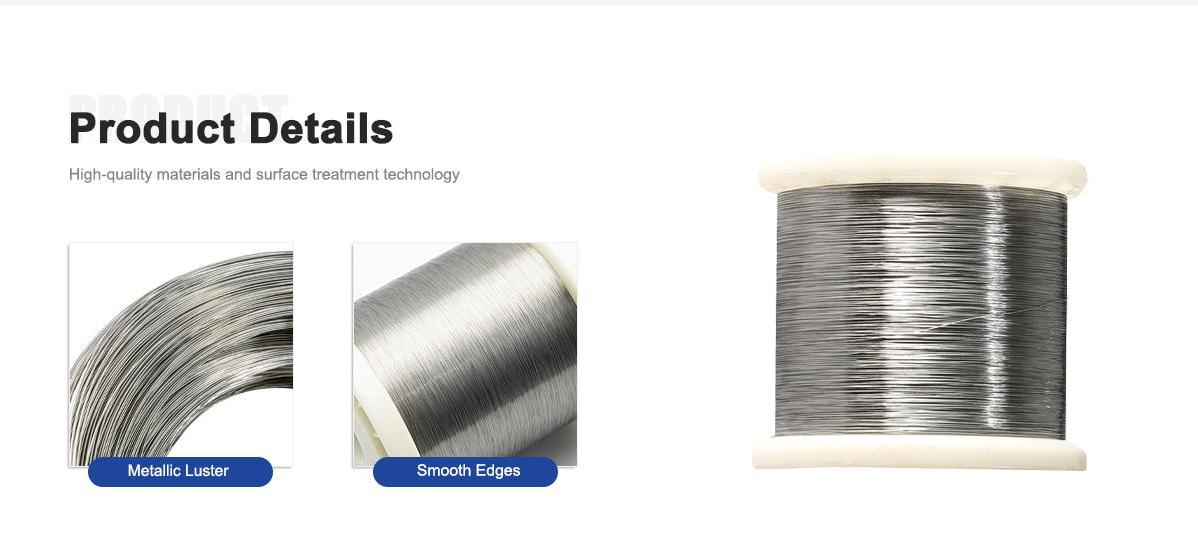
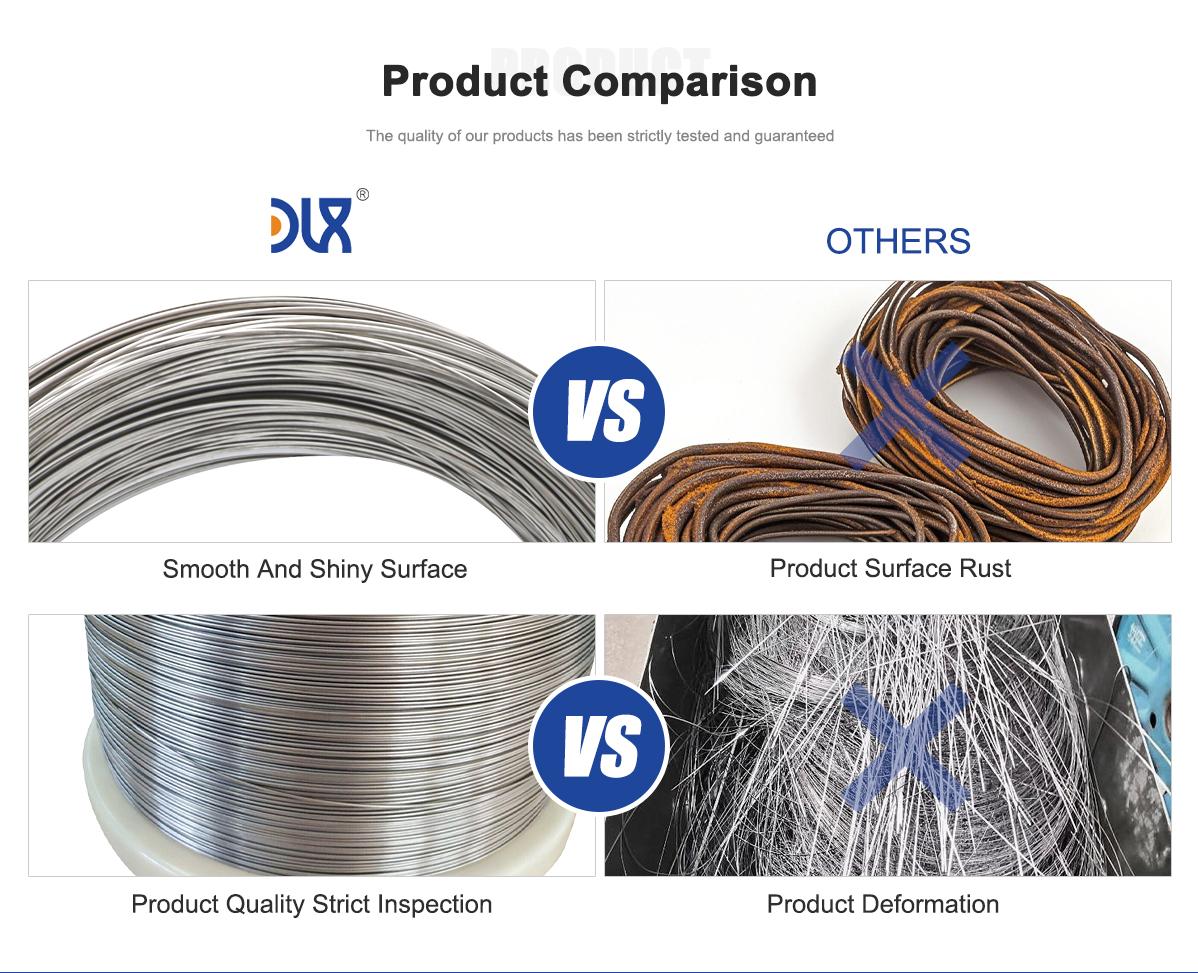
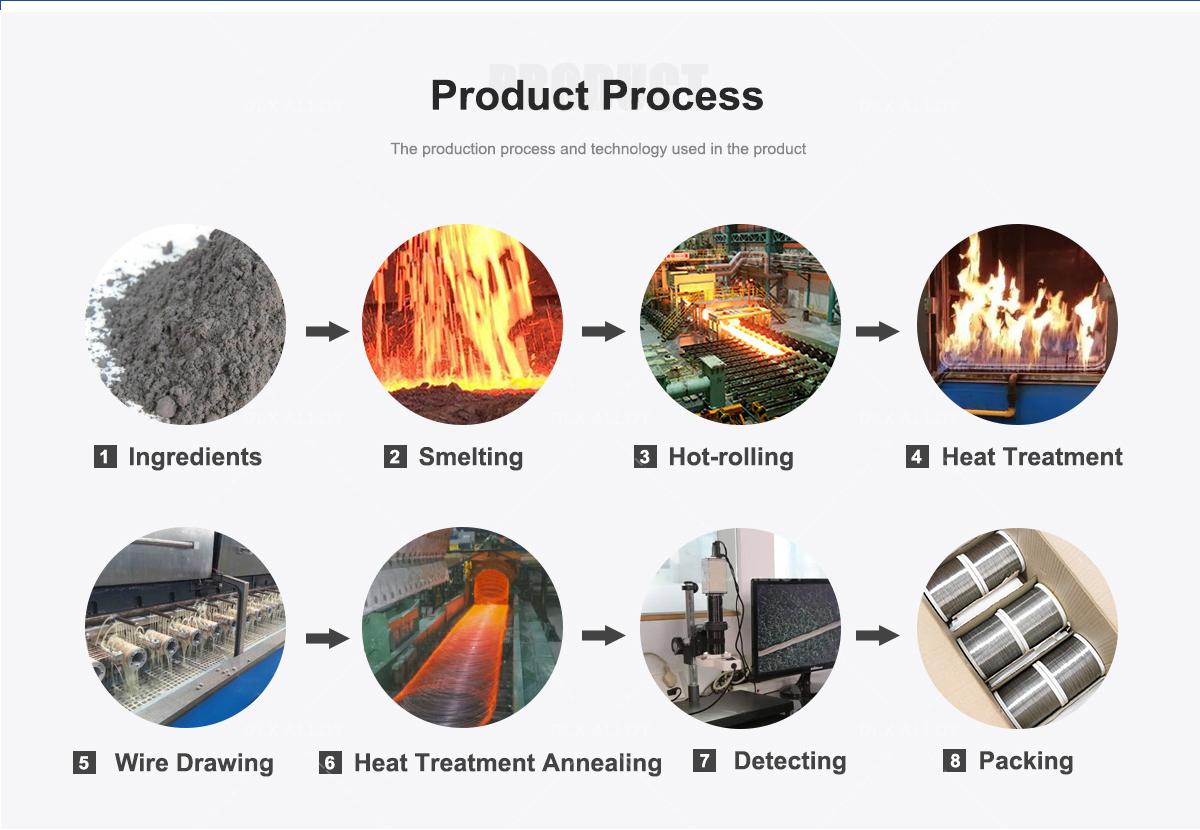

About Us:
Our 12,000㎡ factory is equipped with complete capabilities for research, production, testing, and packaging. We strictly adhere to ISO 9001 standards in our production processes, with an annual output of 1,200 tons. This ensures that we meet both quantity and quality demands. Furthermore, all products undergo rigorous simulated environment testing including high temperature, high pressure, and corrosion tests before being dispatched, ensuring they meet customer specifications.
For all our clients, we offer timely and multilingual after-sales support and technical consulting, helping you resolve any issues swiftly and efficiently.

Client Visits
Building Stronger Partnerships

We support all kinds of testing:


FAQs:
-
What is the composition of 304 stainless steel?
It contains iron (65-74%), chromium (18-20%), nickel (8-10.5%), manganese (≤2%), silicon (≤1%), and carbon (<0.08%). -
What are the key mechanical properties of 304 stainless steel for prosthetic devices?
Tensile strength ranges from 500-700 MPa, yield strength from 200-275 MPa, elongation from 40-55%, and hardness of ~92 HRB, offering flexibility and durability. -
How is 304 stainless steel wire used in prosthetic device components?
It’s used for cables, springs, and structural components in prosthetics, providing strength and corrosion resistance for long-term use. -
What makes 304 stainless steel corrosion-resistant for prosthetics?
Its high chromium content forms a passive oxide layer, resisting corrosion from sweat, environmental exposure, and cleaning processes. -
What are current industry trends for 304 stainless steel in prosthetics?
Trends include lightweight designs, biocompatible coatings for comfort, and 3D printing for custom prosthetic components. -
Is 304 stainless steel biocompatible for prosthetic devices?
It has moderate biocompatibility, suitable for external components, but higher nickel release makes it less ideal for implants compared to 316LVM. -
What advantages does 304 stainless steel have over other materials?
It’s more cost-effective than titanium, with better machinability than cobalt-chrome and sufficient strength for prosthetic applications. -
How does 304 stainless steel support sustainability in prosthetic manufacturing?
Its recyclability, durability, and efficient production reduce waste and replacement frequency, aligning with eco-friendly trends.


